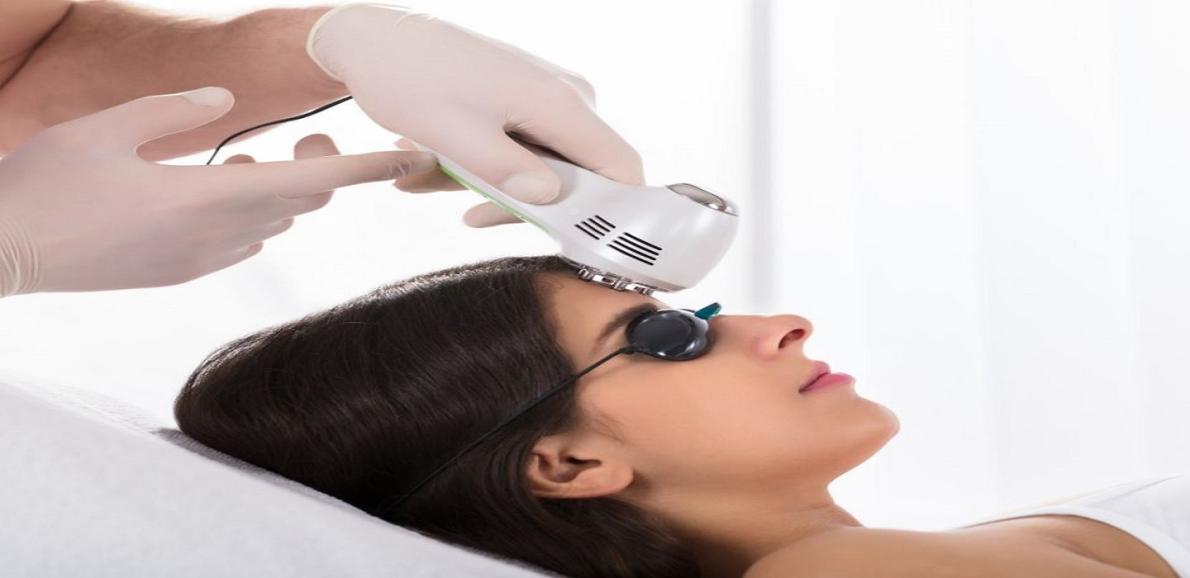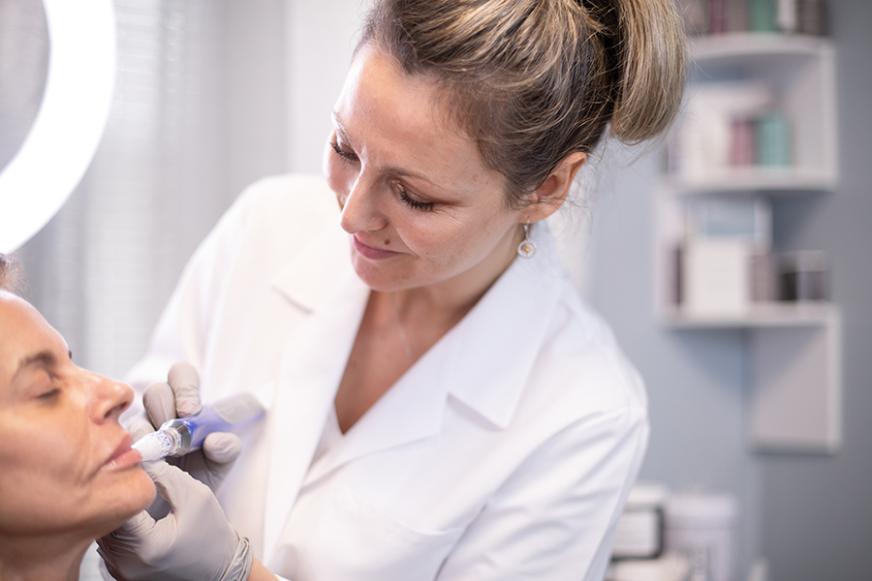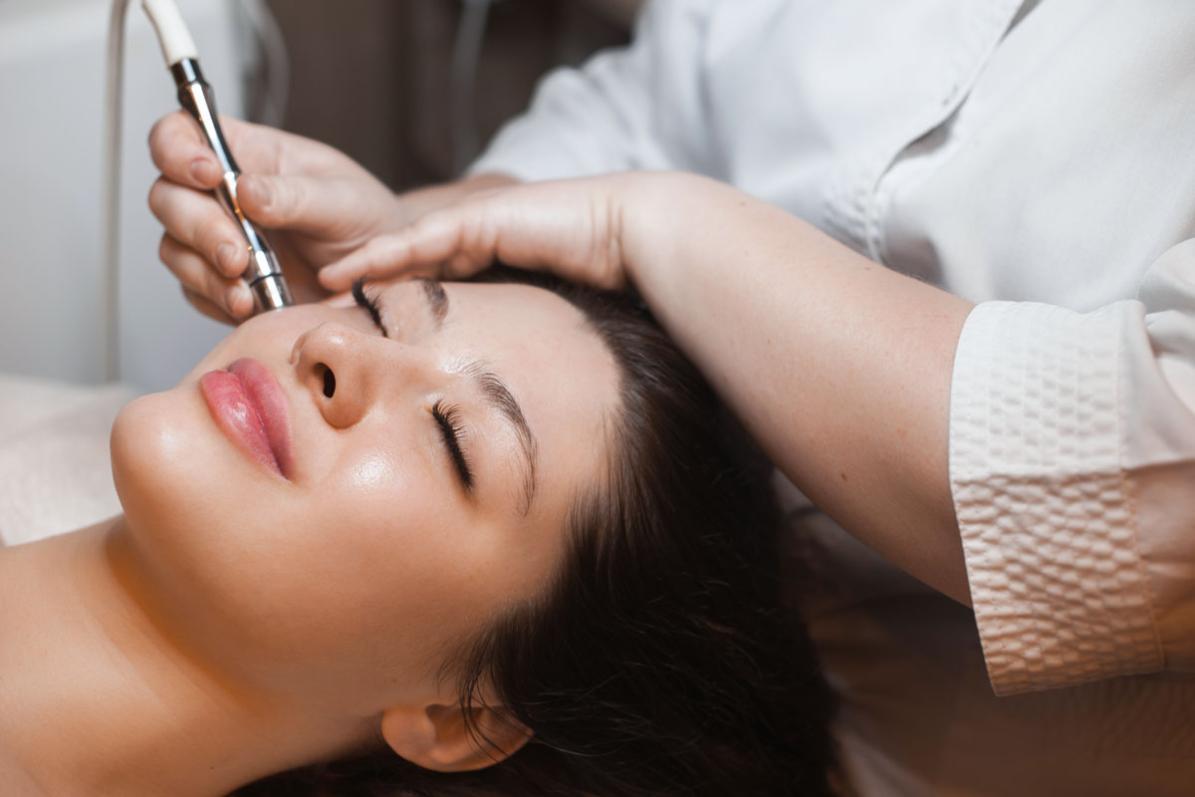What is Microneedling Collagen Induction Therapy and How Does It Work?
Microneedling Collagen Induction Therapy (CIT) is a minimally invasive skin rejuvenation treatment that stimulates the production of collagen and elastin, resulting in improved skin texture, tone, and overall appearance. It has gained popularity in recent years as a safe and effective way to address a wide range of skin concerns.

How Microneedling CIT Works
Microneedling CIT involves creating controlled micro-injuries in the skin using fine needles. These tiny punctures trigger the body's natural healing response, leading to the production of new collagen and elastin. Collagen is a protein that provides structural support to the skin, while elastin gives it elasticity and flexibility.
The process of neocollagenesis (new collagen production) and neoelastogenesis (new elastin production) takes place over several weeks following treatment. As the new collagen and elastin fibers are formed, they strengthen the skin's structure, improve its texture, and reduce the appearance of fine lines, wrinkles, and scars.
Benefits Of Microneedling CIT
- Improved skin texture and tone
- Reduction in fine lines and wrinkles
- Scar reduction (including acne scars)
- Treatment of hyperpigmentation and melasma
- Enhanced product absorption
- Stimulation of hair growth
Types Of Microneedling Devices
There are various types of microneedling devices available, each with its unique features and benefits.
- Manual Rollers: Handheld devices with tiny needles that are rolled over the skin.
- Electric Pens: Pen-shaped devices that deliver precise needle punctures with adjustable depth.
- Radiofrequency Microneedling: Combines microneedling with radiofrequency energy to heat the underlying skin tissue, further stimulating collagen production.
- Fractional Laser Microneedling: Uses a laser to create micro-channels in the skin, delivering energy deep into the dermis.
Procedure Details

A microneedling CIT treatment typically involves the following steps:
- Pre-treatment Preparation: The skin is cleansed and a numbing cream may be applied to minimize discomfort.
- Microneedling Process: The chosen device is used to create micro-injuries in the skin, with the needle depth and treatment area customized to the individual's needs.
- Post-Treatment Care: The skin is cleansed and a soothing serum or mask may be applied. Sunscreen is essential to protect the treated skin.
Safety And Side Effects
Microneedling CIT is generally considered a safe procedure with a low risk of side effects. However, as with any cosmetic treatment, there are potential risks and contraindications to consider.
- General Safety Profile: Microneedling CIT is a minimally invasive procedure with a high safety profile.
- Potential Side Effects: Common side effects include redness, swelling, bruising, and temporary skin irritation. These typically resolve within a few days.
- Contraindications: Microneedling CIT is not recommended for individuals with active acne, open wounds, or certain skin conditions.
Choosing The Right Microneedling Treatment

Selecting the most appropriate microneedling treatment depends on several factors, including skin type, desired results, and individual preferences. It is crucial to consult with a qualified medical professional to determine the best treatment plan and ensure safety.
Microneedling Collagen Induction Therapy is a versatile and effective skin rejuvenation treatment that can improve skin texture, reduce wrinkles, and address a range of skin concerns. By stimulating the production of collagen and elastin, microneedling CIT promotes skin renewal and rejuvenation. With proper treatment and aftercare, individuals can achieve significant improvements in their skin's appearance and overall health.
YesNo

Leave a Reply